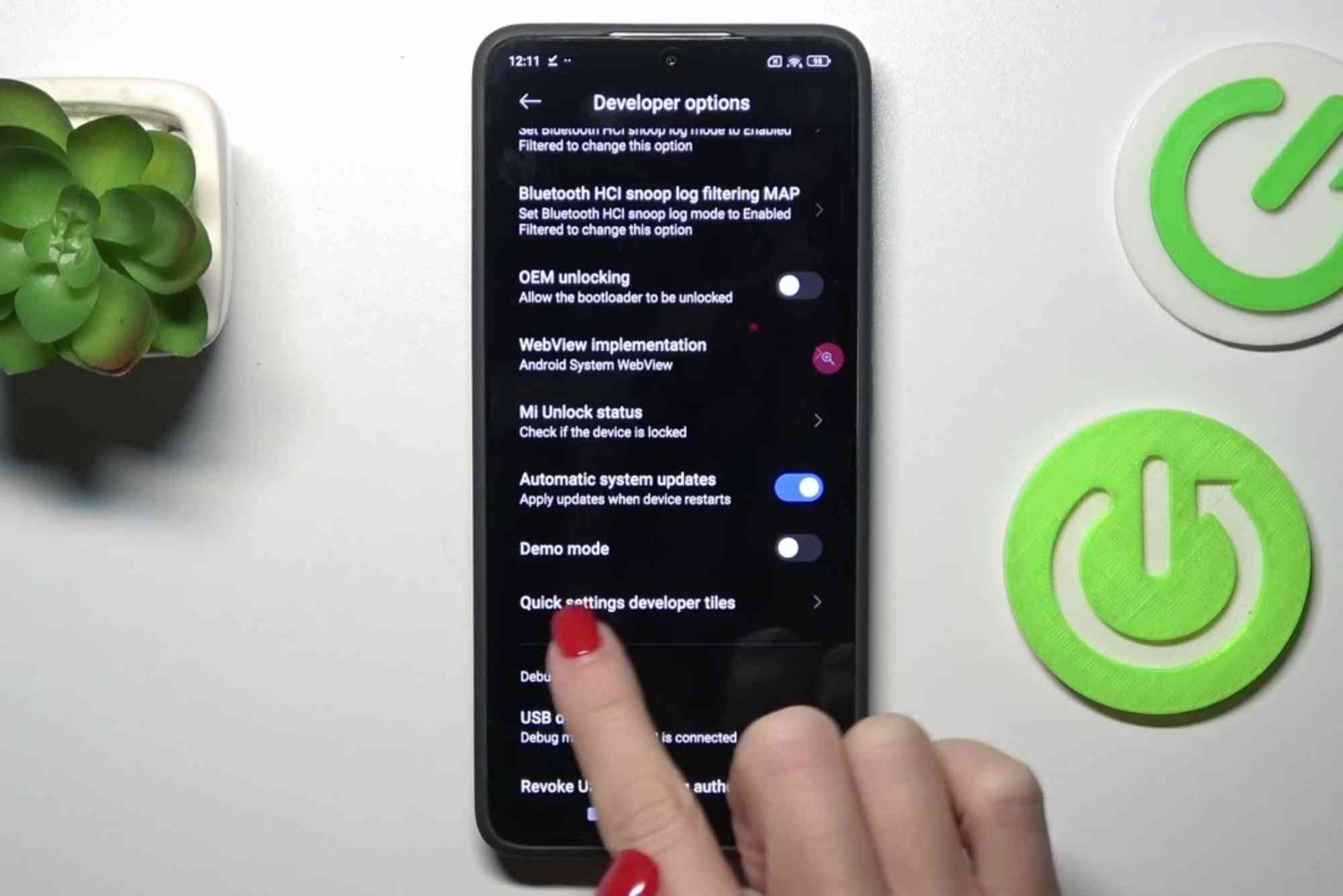Understanding the Importance of Real and Demo Modes
Switching between real and demo modes is an essential feature for users who want to experiment, learn, or test effectively without risking real resources. Whether you’re new to a platform or an experienced user looking to try advanced features, having the ability to toggle between these modes is a game-changer. This functionality offers a secure environment to hone your skills, try out strategies, or simply explore the system before making actual commitments.
For travelers, professionals, and even casual users, demo modes simplify tasks by providing a risk-free platform to simulate scenarios. It takes the guesswork out of experimenting and provides you with firsthand experience that builds confidence. At the same time, the ability to switch to real mode lets you swiftly act once you’ve mastered the process, ensuring everything is practical and efficient. This dynamic approach not only saves time but enhances your productivity by allowing you to move fluidly between learning and action.
Key Steps to Switching Between Real and Demo Modes
The process of toggling between real and demo modes is generally straightforward, but the benefits it brings to users are unparalleled. Depending on the platform or service you’re using, switching modes is typically found within the user settings, dashboard, or startup prompts. Look for navigation menus with labeled options such as “Real” or “Demo” modes, located prominently to make transitioning seamless.
Once you’ve identified and accessed this feature, the process often requires a confirmation step. This ensures that users don’t accidentally toggle into a setting that may lead to unintended outcomes. For instance, while operating in demo mode, you might want to try new tools or features. Here, you can experiment with confidence because demo modes are designed for trial, protecting real-time data and resources. On the flip side, when you’re ready to take action in real mode, the efficiency and familiarity gained from your demo experience make everything run smoother.
One practical step to remember is to always verify your progress in demo mode before switching to real mode. This prevents potential mistakes and reinforces your understanding of the system. Clear labeling, intuitive menus, and real-time prompts enhance your ability to toggle effortlessly, ensuring that you don’t lose focus while navigating workflows.
Enhancing Productivity and Ease of Use
Users might underestimate how switching between real and demo modes revolutionizes productivity. Being able to test scenarios in demo mode reduces the fear of making errors, and this confidence translates directly into improved performance in real mode. This increased productivity is particularly beneficial for travelers managing tight schedules or professionals working under time-sensitive conditions.
For example, a frequent traveler experimenting with a new booking system can explore every feature in demo mode without fear of spending their real-time budget. Once they’re comfortable, they can switch to real mode, complete tasks more efficiently, and ensure smoother travel arrangements. This combination of preparation and action speeds up decision-making processes and ensures reliability in every transaction.
Additionally, demo modes are often equipped with tools and tutorials that guide users through unfamiliar processes. With enhanced functionality and support, users can avoid the stress of trial-and-error directly in real scenarios. This efficiency not only saves time but also simplifies complex actions, allowing users to easily integrate the platform into their daily routine. This seamless experience appeals to both casual users and professionals seeking reliable and user-friendly solutions.
Practical Solutions for Every Need
Switching modes delivers unmatched versatility, helping users solve common challenges across various scenarios. It offers precise control, letting you choose when to experiment and when to act, which makes routine tasks manageable and effective. Platforms that incorporate this feature ensure they cater to a wide range of requirements and eliminate unnecessary complexity for users.
For instance, imagine someone exploring new online features like gaming, booking, or financial tools. They can utilize demo mode to understand the platform better, try new strategies, and figure out what works best for their needs. When ready, switching to real mode lets them confidently apply what they’ve learned for successful outcomes. This versatility improves usability while cutting down the typical learning curve.
For travelers specifically, this feature proves highly convenient. Everyday tasks like booking systems or navigating unfamiliar services become efficient and user-friendly as modes are tailor-designed to meet such needs. With demo mode acting as a risk-free trial and real mode providing a seamless execution, users feel empowered to accomplish their objectives. This synergy between the two modes not only simplifies tasks but makes advanced systems accessible to everyone.
Addressing Challenges with Reliable Solutions
Switching between demo and real modes delivers reliable and practical answers to user challenges. Imagine someone looking into exploring a user-centric initiative or platform. For instance, take an example of a professional navigating the New online betting sites UK. They can first leverage the demo mode feature, enabling them to familiarize themselves, test various strategies, and get comfortable with the system interface. By intertwining this layer of confidence, real-mode execution becomes a strategic and functional outcome without posing navigational risks.
The insights provided here underscore why demo-real transitions are must-facilitate problem-solving scenarios repeated everyday contexts booked around traveler-customer tangents.




